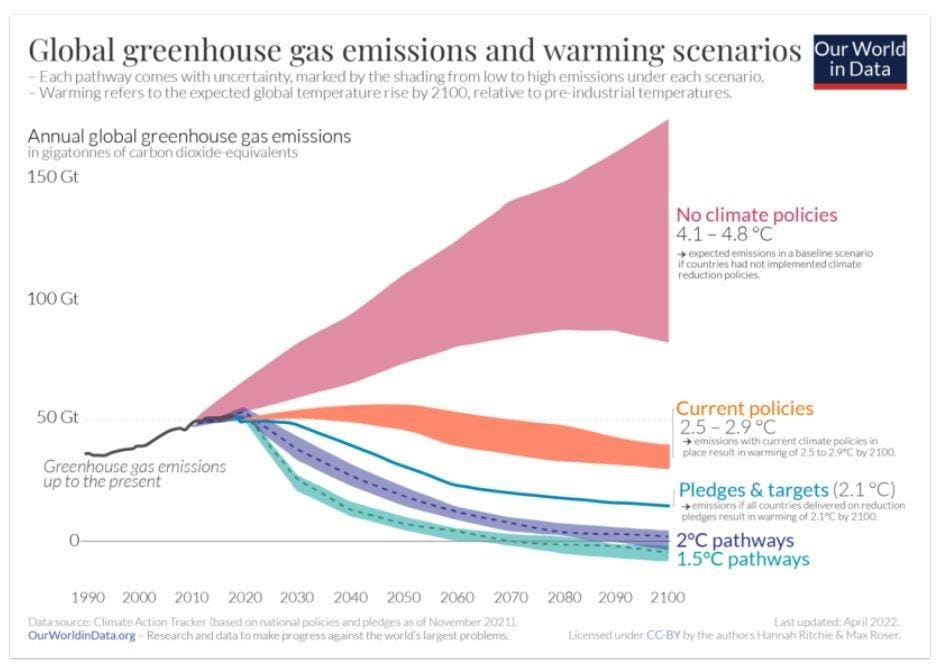DETROIT — Ford Motor on Thursday missed Wall Street’s third-quarter earnings expectations, as it restructures its operations and regroups following the end of a nearly six-week U.S. labor strike that in total has cost the company $1.3 billion.
Shares of the automatker fell about 4% in after-hours trading.
Due to the work stoppage by the United Auto Workers union, which ended Wednesday with a tentative deal, the company pulled its previously announced earnings guidance that included adjusted earnings between $11 billion and $12 billion and adjusted free cash flow of $6.5 billion to $7 billion.
Prior to the strikes, which began Sept. 15, the company was “poised” to hit its earnings guidance, Chief Financial Officer John Lawler said.
Here are Ford’s third-quarter results.
- Adjusted earnings per share: 39 cents vs. 45 cents expected by LSEG, formerly known as Refinitiv.
- Automotive revenue: $41.18 billion vs. $41.22 billion expected by LSEG.
Lawler blamed the misses on the UAW strike as well as cost and quality issues, which have plagued the automaker’s operations in recent years.
“It is the cost and quality that we need to continue working on to improve the business,” Lawler told reporters during a call. “There’s a lot of positives within the business, and, unfortunately, it’s really not all shining through because of our cost and quality.”
Lawler said the UAW strike has cost the company $1.3 billion in lost production to date, including roughly $100 million during the third quarter. He said the company lost production of about 80,000 vehicles so far due to the strike, and restarting production will be a “tremendous amount of work.”
For the third quarter, Ford swung to a net income of $1.2 billion, or 30 cents a share, from an $827 million loss, or 21 cents a share, a year earlier. Adjusting for certain items, per-share earnings were 39 cents.
Overall revenue during the period increased 11% to $43.8 billion, up from $39.39 billion a year earlier. Adjusted earnings before interest and taxes (EBIT) increased 22% to $2.2 billion from the year-earlier period.
Ford’s lackluster results come two days after crosstown rival General Motors beat Wall Street’s third-quarter expectations by reporting adjusted earnings per share of $2.28 and revenue of $44.13 billion.
What’s next for Ford’s EV business?
Ford’s traditional business operations, known as Ford Blue, earned $1.72 billion during the quarter, while its Ford Pro commercial business earned $1.65 billion. Its Model e electric vehicle unit posted a $1.33 billion loss in the July to September period.
Lawler said the company will be delaying about $12 billion in previously announced EV investments, including postponing construction of an electric vehicle battery plant in Kentucky. It’s still moving forward with a new EV plant and campus in west Tennessee called Blue Oval City.
Demand has been lower than expected for the vehicles amid increasing raw material and labor costs as well as pricing pressure caused by EV leader Tesla.
“The transition to EVs is well underway. Adoption is growing, even if pace is slower than what the industry, including us, expected,” Lawler said. “Along the way, we’re going to balance production of gas, hybrid and electric vehicles in ways that many companies can’t, based on what consumers want.”
Lawler said the UAW deal, if ratified by members, is going to add $850 to $900 per vehicle assembled. He said Ford will work to “find productivity and efficiencies and cost reductions throughout the company” to offset the additional costs and deliver on previously announced profitability targets.
“We’re going to have to find efficiencies and productivity throughout the company to help mitigate the impacts of the higher labor costs,” he said.
What impact will the UAW deal have?
Lawler declined to estimate how much the deal, which runs four and a half years, will cost the company. The overall increase is estimated to be $6.2 billion, according to Deutsche Bank.
The pact includes 25% pay increases over the terms of the agreement, including an initial increase of 11%. The raises and benefits cumulatively raise the top wage to more than $40 an hour, including an increase of 68% for starting wages to over $28 an hour.
It also includes reinstatement of cost-of-living adjustments, a three-year path to top wages and right to strike over plant closures, among other significantly enhanced benefits.
The Detroit automakers have been navigating ongoing strikes by members of the UAW after the union and the companies failed to reach tentative labor deals by a Sept. 14 deadline for contracts covering 146,000 workers.
The UAW said Wednesday night that Ford workers who were on strike will return to work during voting, putting pressure on General Motors and Stellantis to agree to the terms of the tentative agreement.
— CNBC’s Michael Bloom contributed to this article.
Read the full article here




